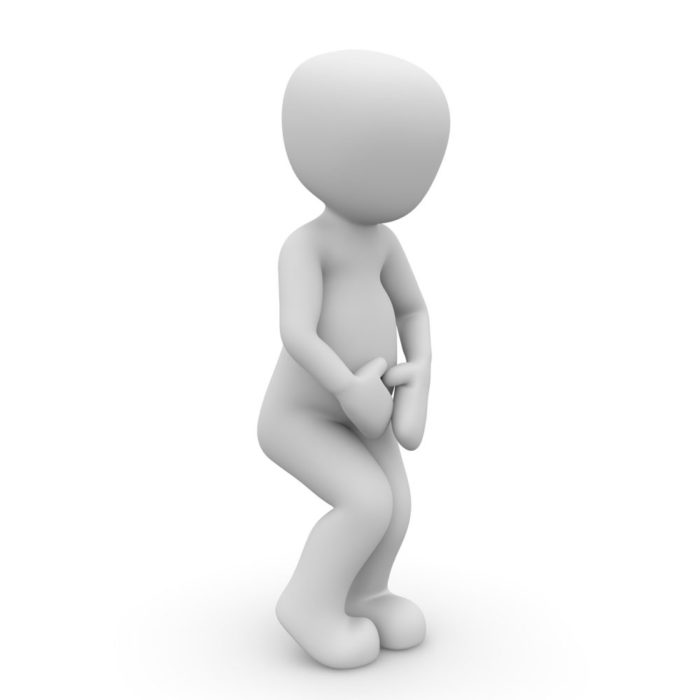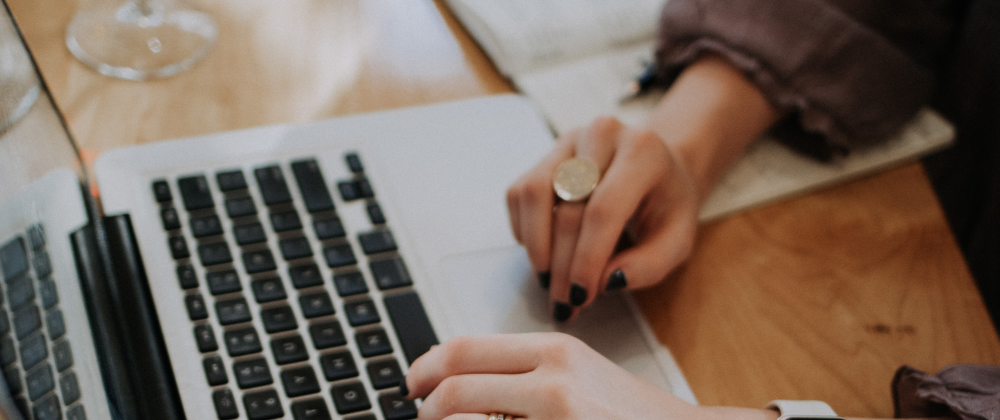
photo source: pixabay.com
Even though it’s rarely ever talked about, urinary incontinence can be a very real fact of life for many. For many people, urinary incontinence becomes a part of life as they age, and in some cases women may experience the condition during pregnancy or after giving birth due to a weakened bladder. Urinary incontinence can also develop as a result of a persistent cough. This involuntary loss of urine is more common than you may think in both women and men, with one in every four people in the UK being reported to suffer from the condition. Thankfully, if you are experiencing this often embarrassing problem, there are a range of things that you can do to keep it under control.
Specially Designed Products
These days, there is a whole range of specially designed products that you can buy that are both discreet and comfortable, allowing you to go about your day to day business without being interrupted by embarrassing accidents or having to run to the nearest bathroom. Take a look at Attends Lifestyles to see their huge range of different incontinence pad products for men, women and children. Designed to adapt to your body and your lifestyle, if you are suffering from this condition, it’s definitely recommended that you have some of these products handy at all times.
Pelvic Floor Exercises
Doing pelvic floor exercises can seriously help to strengthen your bladder control, especially if you are suffering from urinary incontinence as a result of pregnancy or giving birth. Simple and easy to do, pelvic floor exercises consist of clenching and unclenching your pelvis muscles. However, don’t do this whilst you’re urinating – this can actually have the opposite effect and weaken the muscles instead. The best thing about pelvis floor exercises is that you can do them anywhere and everywhere. Start by aiming to hold the muscles for five seconds at a time and gradually increase the time as you get stronger.
Don’t Rush
Taking your time in the bathroom can help to really empty your bladder and reduce the risk of an accident later on down the line. After you have finished urinating, it can be helpful to wait for a while in between to urinate again – often, you may think that you have fully emptied your bladder when you have not. Known as ‘double voiding’, this practice can help you to stay in control and reduce the risk of you needing to run back to the loo again soon after.
Cut Down on Caffeine
It could be your daily morning coffee which is contributing to your toilet problem. Caffeine-rich beverages such as tea, coffee and some fizzy drinks will do you no favours, as drinking too much caffeine will make you need to empty your bladder more often. Eliminating or at least cutting back as much as you can on drinks that are high in caffeine can help you to regain control over your bladder.
Urinary incontinence can be a pain to live with, but with the right strategies it doesn’t have to be difficult to control.

